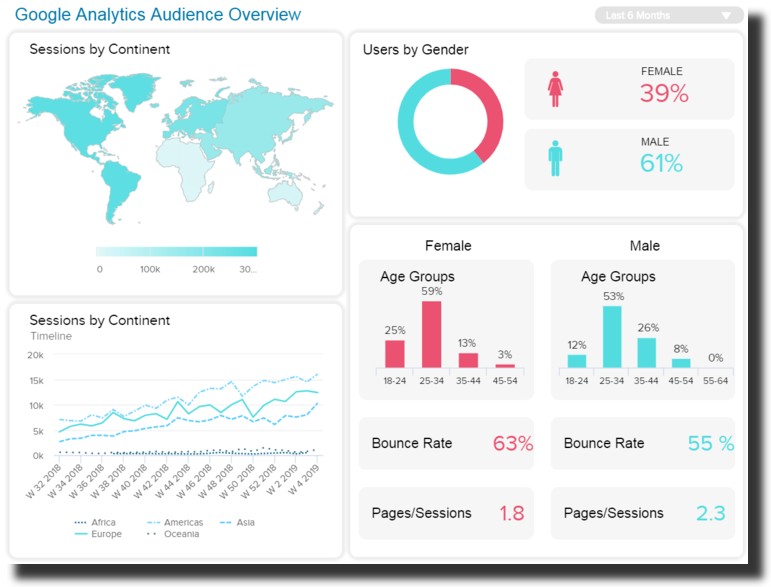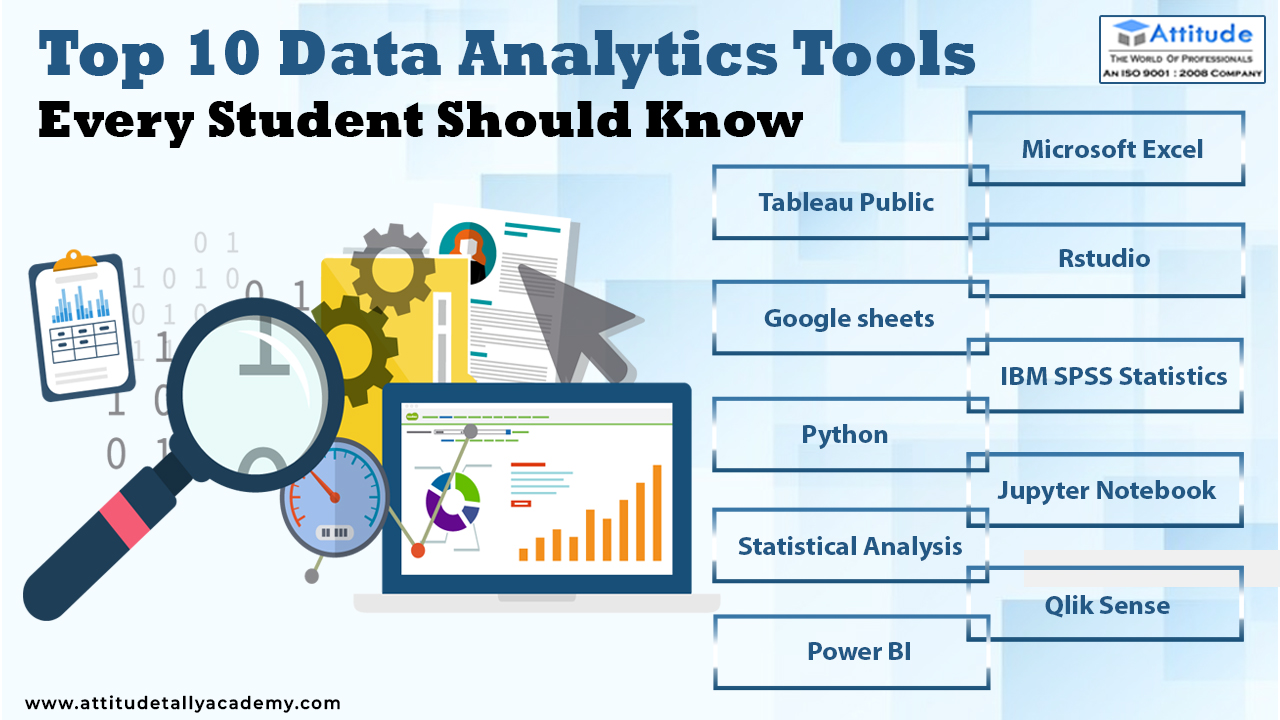Improve ROI and Performance Via Strategic Analytics Planning
Improve ROI and Performance Via Strategic Analytics Planning
Blog Article
Boost Effectiveness and Profitability Via Information Analytics
In today's data-driven landscape, businesses are significantly recognizing the pivotal function of data analytics in improving operational performance and success. By systematically assessing data, organizations can uncover critical understandings that notify strategic choices, streamline processes, and dressmaker customer experiences.
Comprehending Information Analytics
In today's data-driven landscape, comprehending data analytics is crucial for companies aiming to boost operational efficiency and drive earnings. Information analytics involves the methodical computational analysis of information collections to uncover patterns, relationships, and insights that notify decision-making. By utilizing various methods, such as analytical evaluation, artificial intelligence, and predictive modeling, organizations can change raw information into actionable intelligence.
The procedure normally starts with information collection, where relevant information is collected from several resources, consisting of transactional databases, customer communications, and market patterns. This information is after that cleansed and arranged to make certain accuracy and consistency. When the information is prepared, logical devices and software are utilized to explore and imagine the info, making it possible for stakeholders to recognize anomalies and trends.
Eventually, comprehending information analytics encourages organizations to make enlightened choices based on empirical proof as opposed to instinct. It helps with targeted approaches that can enhance resource allotment, enhance customer fulfillment, and enhance general efficiency. As companies increasingly identify the value of data-driven understandings, a strong grip of data analytics ends up being an essential proficiency for teams and leaders alike, placing them for sustained success in a competitive setting.

Key Benefits for Businesses
Organizations that take advantage of information analytics can unlock a wide variety of advantages that dramatically boost their operations and earnings. Among the key benefits is boosted decision-making. Data analytics offers actionable understandings stemmed from real-time information, permitting services to make enlightened choices that straighten with market needs and customer preferences.

Additionally, information analytics cultivates improved customer experiences. By understanding customer habits and preferences, organizations can customize their offerings, causing increased complete satisfaction and loyalty. This individualized strategy typically results in greater conversion prices and repeat service.
Additionally, information analytics makes it possible for services to recognize arising fads and possibilities. By remaining in advance of the contour, companies can take advantage of new markets and innovations prior to their rivals.
Implementing Data-Driven Approaches
Successful execution of data-driven approaches needs a comprehensive understanding of both available information and business objectives sources. Organizations should first specify their purposes clearly, ensuring alignment in between data initiatives and strategic aims. This clearness enables groups to concentrate on relevant metrics and understandings that drive decision-making.
Next, businesses should examine their existing data framework. This involves reviewing data high quality, ease of access, and assimilation abilities. Top notch data is essential for exact analysis, as bad data can bring about misdirected techniques and squandered resources. Organizations has to establish procedures for data collection, cleansing, and monitoring to preserve information honesty.
Additionally, cultivating a data-driven culture is crucial. Workers in all levels must be urged to leverage information in their day-to-day procedures. Educating websites workshops and programs can boost data literacy, equipping personnel to make educated decisions based upon analytical understandings.
Devices and Technologies Review
A robust suite of tools and innovations is necessary for companies intending to harness the full capacity of data analytics. These tools facilitate the collection, processing, and visualization of data, enabling companies to derive actionable insights.
At the foundational level, data management platforms such as SQL databases check this and NoSQL systems supply efficient information storage space and access capabilities. For information handling and analysis, programs languages like Python and R, along with frameworks such as Apache Flicker, enable complex calculations and machine discovering applications.
Visualization tools, consisting of Tableau and Power BI, change raw data right into instinctive visual layouts, making insights easily accessible to stakeholders whatsoever degrees. In addition, cloud-based systems like Google Cloud and AWS provide scalable storage and handling remedies, fitting the growing volumes of data companies experience.
For advanced analytics, predictive modeling and AI-driven remedies are significantly adopted, allowing firms to forecast fads and boost decision-making procedures. Integrating these devices into existing process is vital; organizations that efficiently take advantage of this innovation can considerably boost operational performance and drive profitability. Hence, buying the right tools and technologies is a critical critical for any data-driven company.
Study of Success
Leveraging data analytics has led numerous organizations to achieve impressive improvements in efficiency and profitability. One noteworthy instance is a large retail chain that implemented anticipating analytics to maximize supply monitoring. By evaluating historical sales information and consumer trends, the he has a good point company lowered excess inventory by 30%, resulting in significant expense financial savings and boosted money flow.
An additional example can be found in the production sector, where a leading automobile maker used data analytics to enhance its manufacturing processes. By monitoring device performance in real-time, the company recognized bottlenecks and inadequacies, causing a 20% rise in total tools performance (OEE) This not only increased manufacturing rates but additionally lessened downtime and maintenance prices.

These case research studies highlight just how information analytics can drive calculated decision-making, optimize procedures, and ultimately boost both effectiveness and profitability throughout various markets.
Verdict
Finally, the combination of information analytics into organization procedures presents considerable chances for boosting effectiveness and earnings. By methodically examining data, organizations can determine inefficiencies, maximize customer experiences, and make educated choices. The adoption of predictive modeling and real-time surveillance better allows organizations to remain in advance of arising fads and allocate sources efficiently. Ultimately, the tactical implementation of data-driven approaches fosters sustained competitive benefits and drives significant renovations in functional performance and financial end results.
In today's data-driven landscape, recognizing information analytics is vital for organizations aiming to boost operational performance and drive success. Data analytics entails the organized computational analysis of information sets to reveal patterns, correlations, and understandings that educate decision-making. Information analytics gives workable insights derived from real-time data, allowing organizations to make enlightened selections that line up with market demands and customer choices.
Top notch information is crucial for exact evaluation, as bad information can lead to misdirected methods and thrown away resources. Organizations must develop processes for data collection, cleaning, and management to maintain information stability.
Report this page